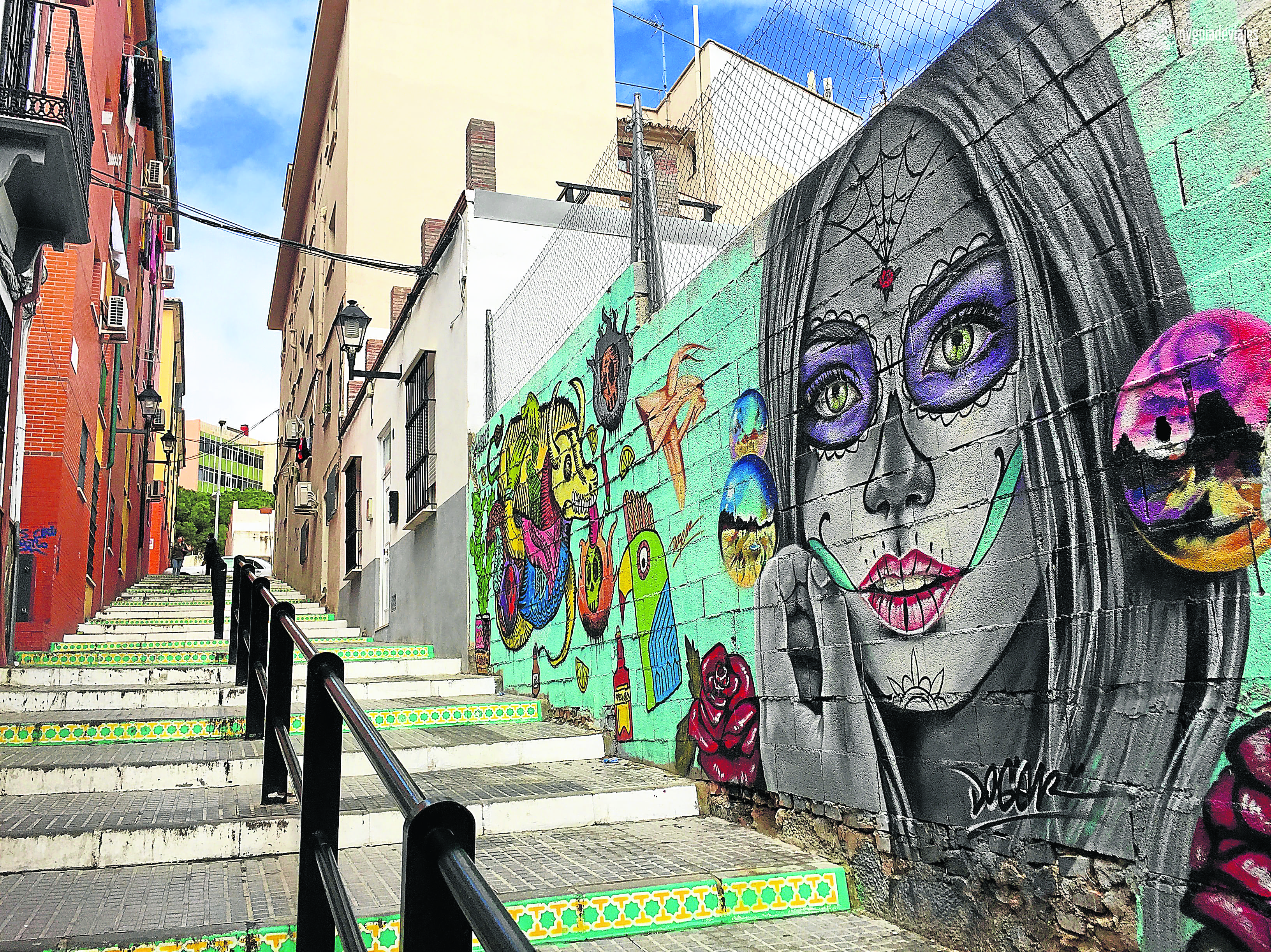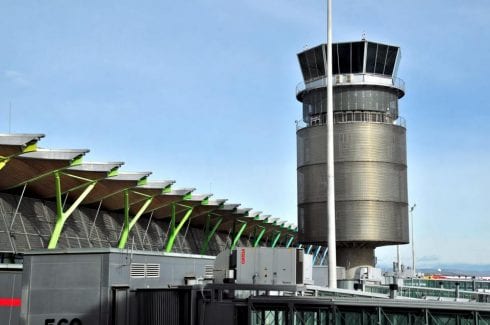EVERY city in Spain has its colourful neighbourhoods whose rhythms move according to the culture and customs of their inhabitants.
Lavapies in Madrid – recently crowned the ‘world’s coolest’ – is no exception, famed for its bustling multi-ethnic vibe, striking street murals and edgy art scene. But it’s not the only barrio on the block with personality. To prove it, the Olive Press trekked halfway across Spain to come up with our own Top 10.
Chueca (Madrid)
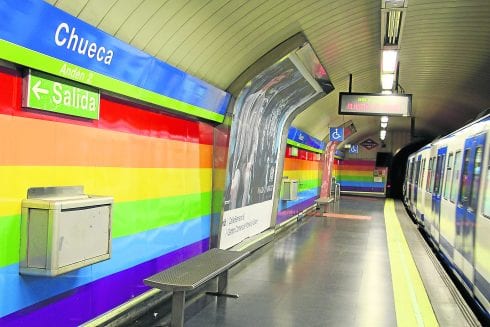
Lavapies has a rival on its own doorstep. Chueca is one of the Madrid neighbourhoods which has evolved enormously since the gay community settled in and smartened it up. Now it’s a groovy social hub. With modern and classic architecture and a huge variety of places to eat and drink, from old-school taverns to modern restaurants, Chueca should be checked out.
Plocia Street (Cádiz)
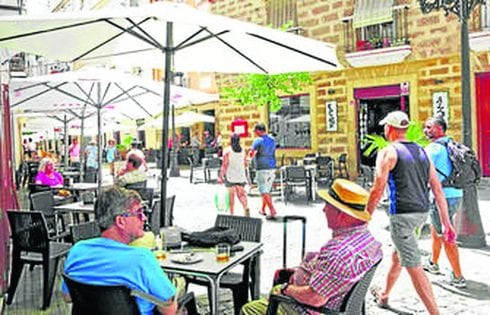
Since Cadiz is a beautiful but small city, the interesting stuff can be found in certain streets, rather than neighbourhoods. Some years ago Plocia Street was run down with a dodgy reputation but today it’s one of the best place to eat in Cadiz. It’s loaded with restaurants of every kind, from traditional ventas to burger joints to Italian restaurants, along with top quality gastro haunts like La Bodeguita, El Patio and El Aljibe
Alameda (Sevilla)
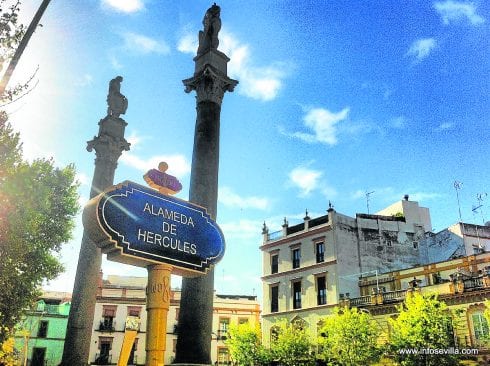
Another district that has gone up in the world over the last decade. No longer just a place to drink yourself silly until dawn, now it’s up everyone’s alley – for a quick breakfast, a coffee while your kids play around or a quiet dinner at one of its numerous restaurants. The dinky buildings, crooked streets and gigantic Pillars of Hercules columns at the end of the wide tree-lined Alameda avenue remind you that you’re in Seville, which always does things on a grand scale and knows how to hang on to its history.
Soho (Malaga)
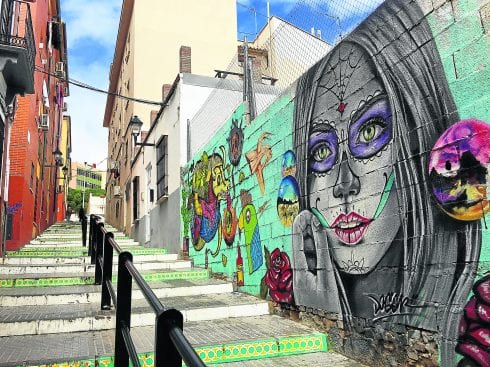
Numerous tourism experts have raved about the cultural revival of Malaga displacing Sevilla. The Soho district is one of the guilty interlopers. The hip new side to Malaga, poised between the city centre and the sea, is also home to the Contemporary Arts Centre, the Alameda Theatre and – thanks to MAUS – Málaga Arte Urbano en el Soho – a growing gallery of street graffiti. Art is everywhere you look, signed off by both local an international artists. In fact it’s not really a barrio at all but one seamless open air museum.
Albaicin (Granada)
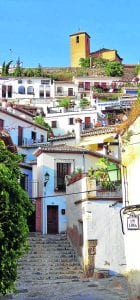
This Moorish barrio is designated a Unesco ‘Heritage of Humanity’, something you truly understand when you see it. Like a guardian angel, it watches over Granada from its high pinnacle, bottling the essence of Islam throughout its tricky maze of streets. Its traditional carmen houses with their own walled gardens and water source evoke wonder but there’s always something new to see. As the locals often say, come in and get lost, because in every corner there might be some new bar or happening to discover. It’s a neighbourhood full of surprises.
Santa Cruz (Alicante)
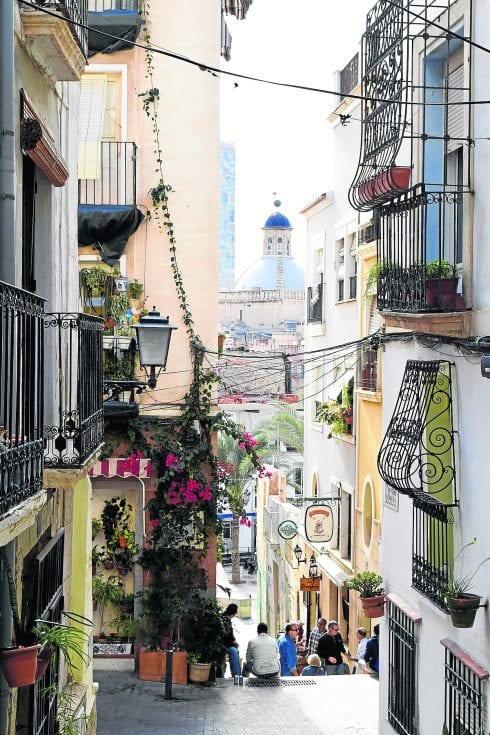
The old town of Alicante is colloquially known simply as El Barrio but it’s multi-faceted. Plaza de San Cristobal is the perfect spot for al fresco feasting; Centro 14 is a cultural hub offering all kinds of activities, courses and training workshops for youngsters; and then there’s the ruta de la madera (wooden road) a legendary route of bars that started to spring up in the 1980s and have become a right of passage for generations of youngsters growing up in Alicante
Gracia (Barcelona)
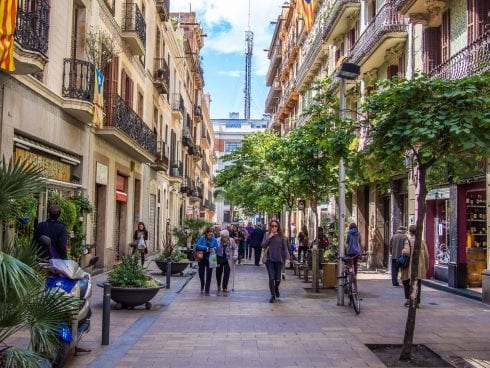
The Gracia neighbourhood is a patchwork quilt of people all ages rubbing along together. There are the elders whose families have lived here for donkeys years, the young entrepreneurs who’ve set up all kinds of funky businesses and the backpackers who patronise them. The cultural offer is unbeatable, with restaurants of all variety, tons of theatres and concert halls and, of course, Gaudi’s Park Güell, one of the most iconic places in Barcelona.
Santa Catalina (Palma de Mallorca)

Some people call it the ‘Soho Balear’ (Balearic Soho) and they are right. Santa Catalina is brimming with cultural and gastronomic offers – a place to enjoy a few beers, go shopping or just chill. The Market of Santa Catalina is the beating heart of the neighbourhood which is rammed with art galleries, design shops and craft stores as well as mountains of fresh and local produce. It also caters for exotic tastes with everything from sushi bars and Lebanese restaurants to vegan eateries and South American cuisine.
Ruzafa (Valencia)
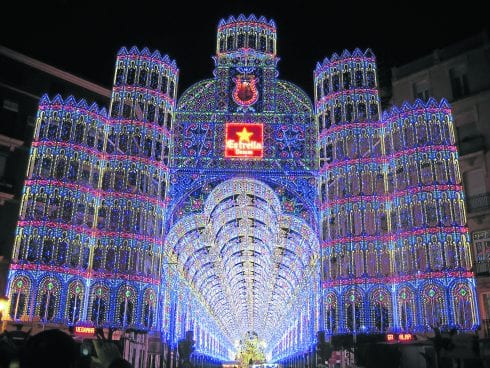
Raunchy Ruzafa has morphed from decadent to dynamic in the space of a decade and now this multicultural barrio is one of the places everyone wants to be. It’s heaving with offbeat emporiums, from manga comic shops to art galleries and gastronomic clubs to its great central market. It’s a trend-setting place that will cue you in to the latest groundbreaking fashions, cultural movements and gastronomic experiences but traditional businesses also thrive in this hip hangout.
La Marina (Ibiza)
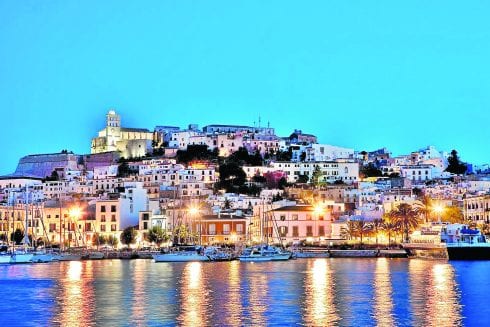
As well as being the Med’s party central, the White Island has its more offbeat diversions and the cool La Marina barrio is one. Found in the old town, its distinguished by its narrow streets, antique walls and tiny wooden houses. During the day craft stalls, adlib shops and decor shops are the main protagonists, inviting you to wander at will. By night it ramps up the tempo and becomes the meeting point for a rainbow crowd of families, couples and the LGBT community.

